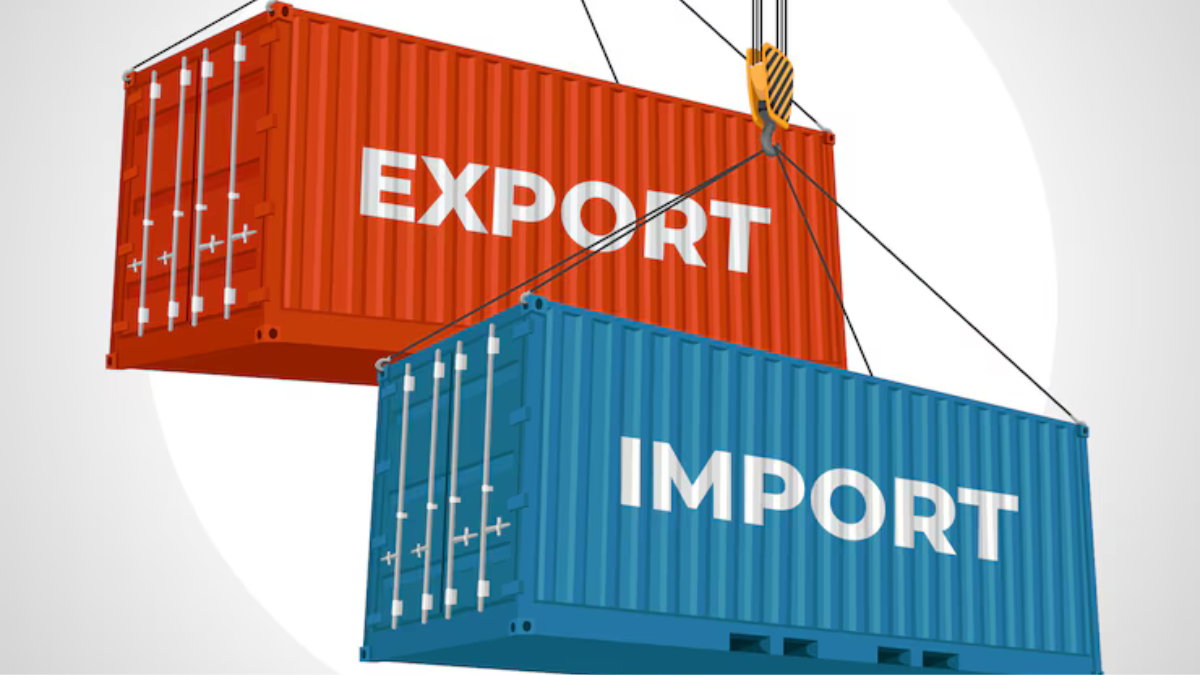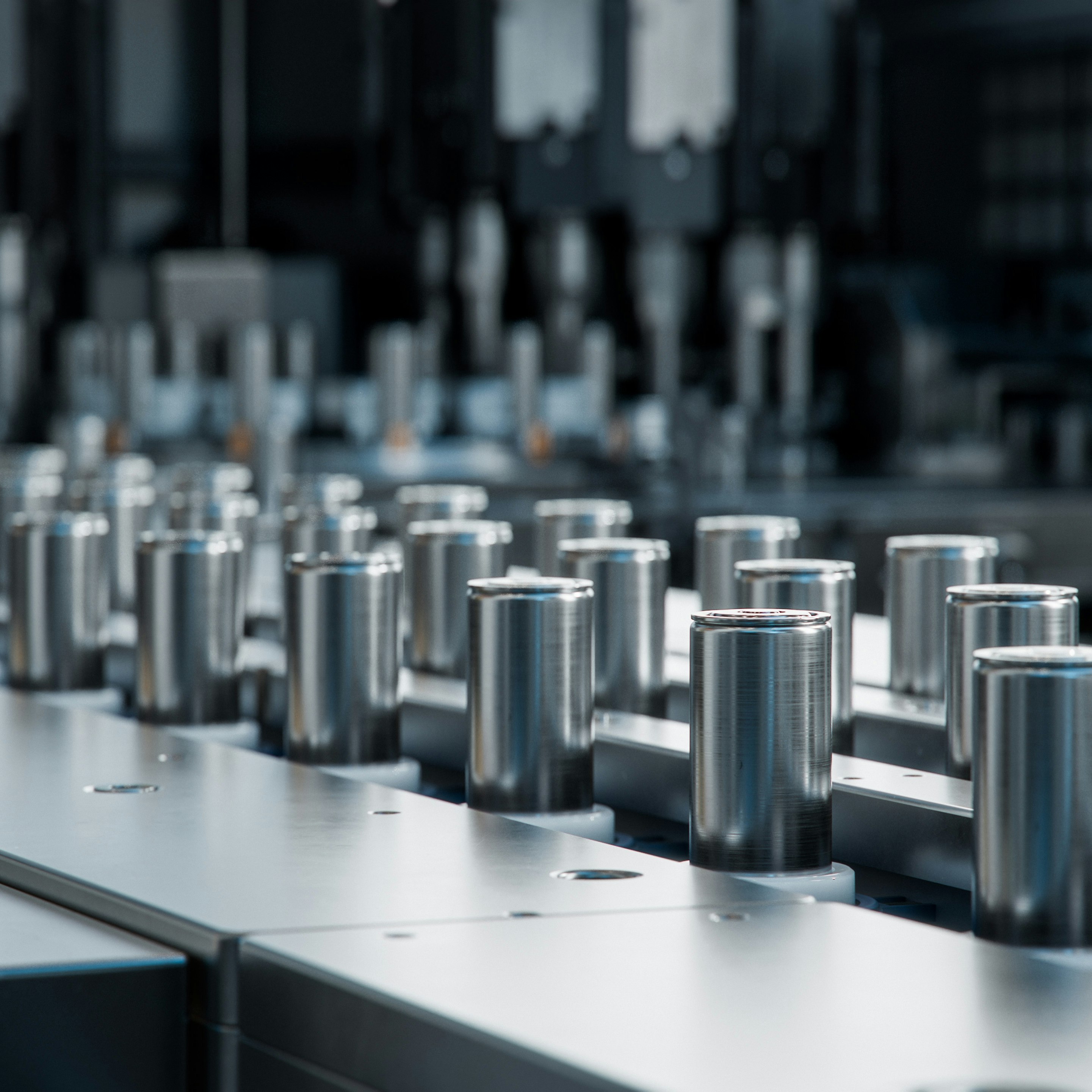- Arvind's Newsletter
- Posts
- Arvind’s Newsletter
Arvind’s Newsletter
Issue No #1101
1.Indian Banks may have to slowdown loan growth in FY25: S&P
Indian banks may be forced to slow down loan growth in the current fiscal year as deposits are not growing at a robust pace, according to S&P Global Ratings’ report on Asia Pacific banking updates.
Credit growth is expected to moderate to 14% this fiscal year from a strong 16% in FY2024. Loan growth has been 2-3 percentage points higher than deposit growth in every bank.
While Indian banks' profitability and asset quality remain strong for the current fiscal, the disparity between loan and deposit growth poses a challenge for sustained credit expansion, the report said.
2.Big 6 audit firms strengthen dominance among India's top companies
Most of India Inc’s biggest listed firms chose to work with the 'Big 6' audit compaies in FY24. These audit firms—Deloitte, EY, Grant Thornton, KPMG, MSKA & Associates, and PwC—scrutinsed two-thirds (66%) of the 483 Nifty 500 companies in FY24, up from 61% in the FY23, showed data from primeinfobase.com
EY group led the pack, having audited 164 companies in FY24, up from 148 the previous year. It was followed by the KPMG group, which audited 141 companies, and the Deloitte group, which handled 119 assignments.
3.India’s imports from China has grown 2.3x faster than exports says GTRI report
Indian industry cannot live without China, it seems. India’s imports from its bigger neighbour grew 2.3 times faster in the past 15 years than shipments from other countries, according to a report from think tank Global Trade Research Initiative (GTRI).
In absolute terms, India’s exports to China have stood still at around $16 billion for five years, while imports surged from over $70 billion in FY19 to $101 billion in FY24, 98.5% of which were industrial products. For instance, nearly 30% of all industrial chemical and pharmaceutical input imports come from China. That share rises to 38.4% for electronics and 39.6% for machinery. The telecom, plastics, textiles, ships, glass, paper, and several other industries too depend heavily on Chinese imports.
India’s performance-linked incentive scheme has triggered investments in sectors such as electronics and energy storage, but hasn’t performed well in others such as drug making.
4.Russia Advances in Ukraine
Russian troops captured two villages in eastern Ukraine over the weekend. The news marks Russia’s biggest gains since capturing the industrial city of Avdiivka in February.
Russia’s advances in the eastern Donetsk region come days after the US passed a $61 bn aid package to Ukraine, including bullets, missiles, anti-aircraft weaponry, and tank parts. Much of the weaponry is expected to take up to two months to reach the front lines, with ammunition expected in the coming days.
In the meantime, Ukraine is reportedly rationing manpower and bullets, with one-sixth of the ammunition Russian troops have available. Soviet-era anti-aircraft missiles were said to have run out months ago, leaving Ukraine without defense against Russian warplanes operating along the front lines. Russian airstrikes have increasingly targeted Ukraine’s second-largest city, Kharkiv, where 1.3 million people live.
Analysts say Russia’s advances point to an effort to ramp up offensives before Ukraine is restocked.
5.Battery capacity in the energy sector more than doubled in 2023.
The International Energy Agency’s new report found that the cost of batteries fell 90% in the last 15 years, and that while in the past most batteries were produced for consumer electronics, over 90% of battery demand now comes from power companies.
The head of the IEA said the combination of batteries and solar is already competitive with coal plants in India, and will soon be so in China. Battery installation must increase sixfold by 2030 to meet international targets, but the rate of growth is extraordinarily rapid.
6.Deep Beneath London, Onetime Bomb Shelters Will Become a Tourist Attraction
Kingsway Exchange tunnels, set roughly 100 feet below street level in the center of London, sprawling beneath the Underground’s Central Line. Soon they could enter a new chapter: Angus Murray, the owner of the complex, who bought the tunnels last summer, has applied for planning permission to the local authorities together with the architecture firm WilkinsonEyre to turn the tunnels into a tourist destination that could handle millions of people a year.
Mr. Murray’s London Tunnels is planning to invest a total of 220 million pounds (about $275 million) on restoring and preserving the tunnels, as well as adding technology for art installations and other attractions. Mr. Murray hopes to open the complex in 2027, and said that it would be able to host temporary art exhibitions, fashion shows and more.
7.In a Job Interview, This Is How to Acknowledge Your Weaknesses. Opines Wharton Professor Adam Grant
Although many people believe self-promotion is the ticket to landing a coveted job, the evidence shows otherwise. In one study, interviewers gave the highest ratings to business school applicants who were more concerned with being seen accurately than positively. In another, undergraduates who played up their skills and accomplishments were not significantly more likely to get job offers. And executives who tried to impress board members with their qualifications did not succeed in landing more board seats.
In a pair of experiments, Alison Fragale and I found that self-promotion only paid off when the audience was distracted enough to remember the information but forget the source. Otherwise, they saw right through it. If you were that great, you wouldn’t need to boast about your greatness.
Of course, you can’t get a job if you only focus on your inadequacies. Read on.
8.Forget moonshots. Investors want profit now. Opines James Mackintosh in Wall Street Journal
Long Read.
Elon Musk got the market’s memo. Mark Zuckerberg missed it. Cathie Wood ignored it. The message: Stop shooting for the moon, and focus on making money.
Last week brought home what any competent CEO should already know about what investors want, as Tesla shares soared 12% after disappointing first-quarter results and Meta Platforms shares plunged 11% after decent first-quarter results.
Tesla gave investors what they have been demanding, pulling back from plans for an all-new car platform to speed up the launch of a line of cheaper vehicles. True, CEO Musk insisted that only true believers in self-driving cars—something he has been promising for years, without delivering—should be shareholders. But investors were willing to look past the idealism to the pragmatic low-cost launch plans, which should reduce its capital spending needs.
Meta did the opposite. Its sales were a little higher than expected in the first quarter, normally a good sign. But investors who panicked in 2022 about Zuckerberg’s big-spending tendencies—leading Meta to reverse course and slash jobs—were put on edge again by its plan to sink billions of dollars more into artificial intelligence, even while it guided to lower-than-expected sales for this quarter.
True, the gains and losses after Tesla’s and Meta’s results were amplified because they represented a reverse of the huge moves this year up to the announcements—when Tesla had plunged 40% and Meta had soared 40%.
And the market hasn’t turned against corporate investment per se, with shares of Microsoft and Alphabet—owner of Google—both doing well after last week’s results even as they continued to pour cash into AI.
Investors want a clear route to a return on corporate cash sunk into new projects, something both Microsoft and Alphabet are providing with higher profit margins. The old land-grab approach to tech spending that the market so enthusiastically supported until 2022 is now a sure way to tank the share price.
This shows up most obviously at Cathie Wood’s ARK Invest and its Ark Innovation (ARKK) ETF. The ETF’s portfolio of what Wood calls disruptive innovators has performed dismally as investors demanded that their holdings should at least have a clear route to making money.
The switch in investor mindset is down to bond yields. Money that flooded into risky ventures that won’t pay dividends for years, if ever, was much more acceptable when interest rates were near zero than when the alternative is a Treasury yielding almost 5%. The importance of the link shows up in ARKK’s correlation to Treasury yields: Recently, the ETF has had a strong tendency to fall when Treasury yields rise, as they have done this year, and rise when they fall, as they did last autumn. The ETF is down 16% this year. Read on







